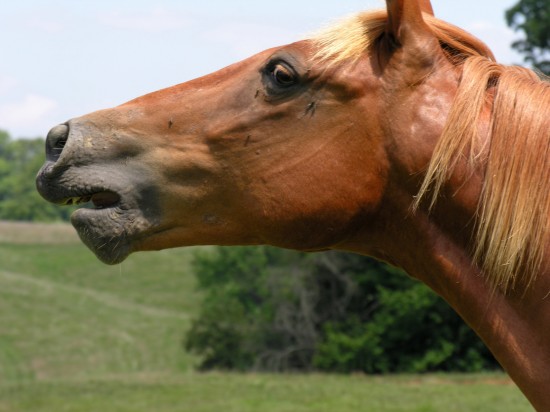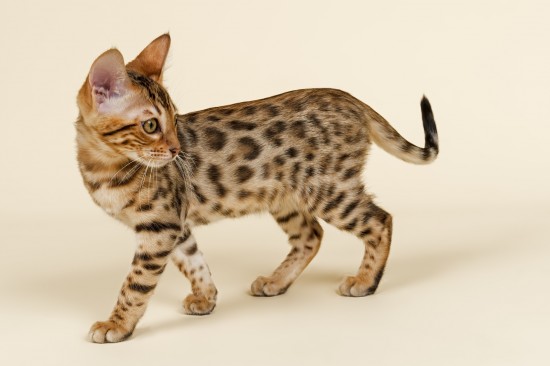
Lions have strong, compact bodies and powerful forelegs, teeth, and jaws for pulling down and killing prey. Their coats are yellow-gold, and adult males have long, dark, shaggy manes. Young lions have light spotting on their coats that will disappear as they grow up.
Considering Size, Male lions grow larger than females, reaching up to ten feet long (females reach up to nine feet long), plus a two- to three-foot-long tail. Male lions weigh from 330 to 530 pounds; females weigh 270 to 300 pounds. Lions stand between three and a half and four feet tall at the shoulder.
Except for a small population that hangs on in the dry Gir Forest of northwest India, lions now live only in Africa. They are found from the Sahara's southern fringe to northern South Africa, but are absent from equatorial areas dominated by moist tropical forest. The lion is listed as vulnerable on the World Conservation Union's (IUCN's) Red List of Threatened Animals. The Gir Forest population, which consists of about 300 lions, is listed as endangered.
Lions inhabit a wide range of habitats, from open plains to thick brush and dry thorn forest. Lions eat primarily large animals, such as zebra and wildebeest, weighing from 100 to 1,000 pounds. In times of shortage, they also catch and eat a variety of smaller animals from rodents to reptiles. Lions steal kills from hyenas, leopards, and other predators, but may also lose their catches to hyena groups. Lions may also feed on domestic livestock, especially in areas near villages.
Female lions usually give birth to a litter every two years. Females are receptive to mates for a few days several times a year, unless they are pregnant or nursing. Mating spurs ovulation. Females give birth to one to five cubs after a gestation of about three and a half months. Cubs nurse for six months, but start eating meat at three months. Due to varied dangers, including starvation during times of food shortage and attacks by male lions taking over prides, up to 80 percent of lion cubs die within their first two years of life. Zoo lions may live up to 25 years, while wild lions live about 15 years.
More than 10,000 years ago, lions thrived from North and South America to Europe, Africa, and Asia. Today, following climatic changes and after centuries of hunting and habitat degradation by people, lions live in scattered habitats across Africa (with the exception of the Gir Forest lions, which live in a park in northwest India). Within these areas, lions still face dangers, including habitat loss and hunting. Many have died from diseases such as distemper, which is spread by domestic dogs from villages near natural habitat.
 The Ragdoll - The Cat Who Thinks Its A Dog!
The Ragdoll - The
The Ragdoll - The Cat Who Thinks Its A Dog!
The Ragdoll - The
 How To Cope With Flies Around Horses
How To Cope With
How To Cope With Flies Around Horses
How To Cope With
 Common Cat Coat Patterns Explained
Common Cat Coat P
Common Cat Coat Patterns Explained
Common Cat Coat P
 7 Breeds Of Dog That Do Well In Apartments
7 Breeds Of Dog T
7 Breeds Of Dog That Do Well In Apartments
7 Breeds Of Dog T
 Ten Picnic And Barbecue Foods Your Dog Should Not Eat
Ten Picnic And Ba
Ten Picnic And Barbecue Foods Your Dog Should Not Eat
Ten Picnic And Ba
Copyright © 2005-2016 Pet Information All Rights Reserved
Contact us: www162date@outlook.com